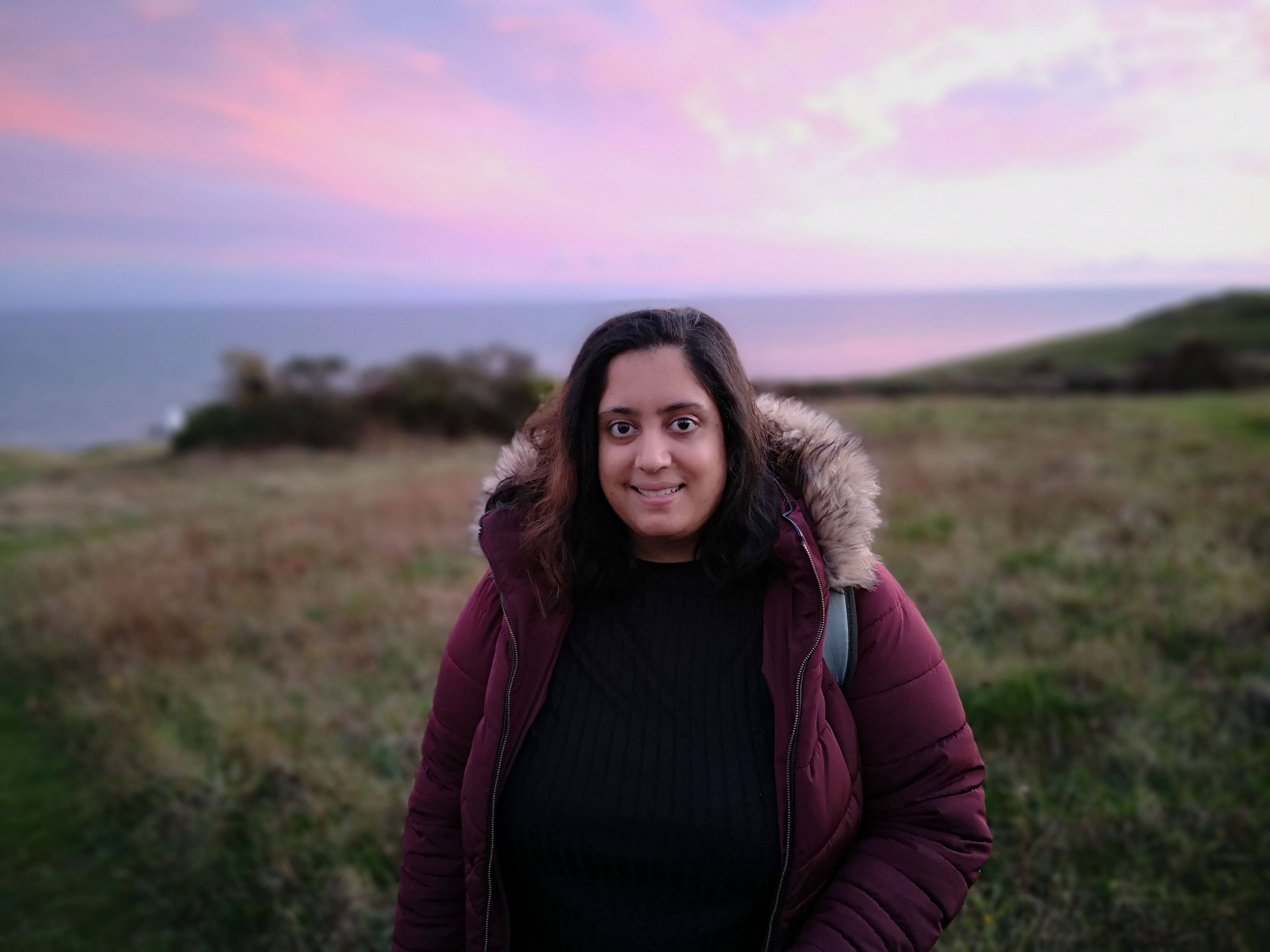land lines project commission for nocturnal wildlife soundscape
honourable mention for the sound of the year awards 2020
NOMINATED FOR THE IVOR NOVELLO COMPOSER AWARDS 2021
Background:
This soundscape piece reveals the hidden sounds of nocturnal wildlife in the UK in order to bring a wider awareness of environmental sound and to preserve and archive sounds of the natural world before they disappear.
Many sounds are going extinct, especially the biophonies (natural voices) of the natural world and often, sounds will be heard once, and never again. The natural soundscape is an endless musical composition which is never expressed the same way from one day to another - all sounds are original and unique. It is important to me to preserve and try to highlight these natural sound environments, as well as to highlight the contrast, damage or effect of the man-made world on these environments through an artistic representation of these sound environments.
Recording and using sound to visualise nocturnal wildlife allows us to appreciate and get an insight into a world that is happening all around us that we usually have very little access to.
Programme Note:
Nocturnal Insights uses recordings of crepuscular and nocturnal wildlife across locations in Hertfordshire, Birmingham and Dorset in order to document habits and patterns in the behaviour of nocturnal wildlife in the UK and to capture sounds that are usually unheard throughout the night. Through an artistic representation of the recorded sounds, the piece takes the listener on a journey through soundscapes of the night organised according to the time at which they were recorded. It evokes a sense of darkness, loneliness and at times, a melancholic state, reflecting the effects of extinction, light pollution and the man-made world on the natural environment and ecosystem. Be transported to a sonic world of Daubenton, Pipistrelle and rare Greater Horseshoe bats using echolocation to hunt at dusk and into the night, sika deer calling out into a vast landscape in complete darkness and the rhythmic behaviour of crickets and tawny owls.
Note from the author:
In late summer 2020, I spent some time recording nocturnal wildlife across Hertfordshire, Birmingham and Dorset. The experience of recording throughout the night was exciting and sometimes quite eerie, especially when recording in remote locations with little light pollution at night. Recording throughout the night gave me a unique insight into the habits and activities of wildlife that emerge at dusk and overnight, such as deer, badgers, bats and owls. The sound-world was completely different to that experienced during the day and this time of year was the perfect time to hear rutting deer and bats. I particularly enjoyed recording these two species as their calls are so unique and distinct. I got to record with a heterodyne bat detector and loved hunting for the sound of bats at Durlston Country Park and Nature Reserve, where they have the rare Greater Horseshoe bat that I managed to record on the last night, before it got spooked away by the headlights from a car in the distance. It’s amazing to listen to these sounds and notice the subtle nuances, or quite obvious differences between the sounds of different bat species. Recording wildlife sounds during the night is such a unique experience, where I was solely relying on my ears to guide me and it allowed me to practice my listening skills and patience, waiting for the bats to come out of their roosts, deer to walk past me or searching for tawny owls in the distance. I went back to locations multiple times and noticed huge differences in the types of sounds I could hear depending on the weather (on the first night all of the recordings were of the sound of the wind and sea due to bad weather!) It was a great experience, especially not knowing what sort of sounds I would be able to hear beforehand and I am really happy with all of the recordings I managed to capture that I have used for the piece, Nocturnal Insights.
With thanks to the staff at Durlston Country Park and Nature Reserve, Bob Cornes from the Bedfordshire Bat Group and John Lucy.


